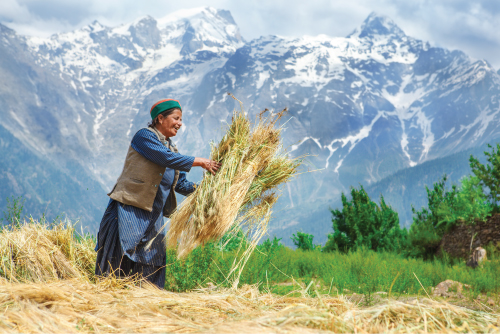CHAPTER 11Real and Financial Economy

The man (real economy) walks down a street. The dog (financial economy) sometimes falls behind and sometimes runs on ahead. However, both man and dog ultimately reach their destination together.
Joseph Schumpeter1
The real economy – the part of the economy that deals with the production of goods and services, unlike the financial markets – is where borrowers are active. It is hardly influenced by the global economic cycle. Borrowers of microfinance institutions hence generate their incomes on local markets, and the local real economy's infrastructure to connect it to the rest of the world is either rudimentary or simply non‐existent.
The financial economy, on the contrary, can influence large microfinance institutions, as they are partly funded by international capital markets. The financial means of microfinance have not faltered despite the global financial crisis.
11.1 MICROFINANCE IS CRISIS‐PROOF
Microfinance's two‐digit growth rates even during the financial crisis amply demonstrate its resilience in the face of changes in the global economic cycle (see Figure 11.1), the reason being that in microfinance, borrowers generate their income in a largely independent, closed economy. They mostly engage in very local markets, which depend more on regional politics, the regional economy and local natural disasters than on the cycles of other ...
Get Small Money Big Impact now with the O’Reilly learning platform.
O’Reilly members experience books, live events, courses curated by job role, and more from O’Reilly and nearly 200 top publishers.

